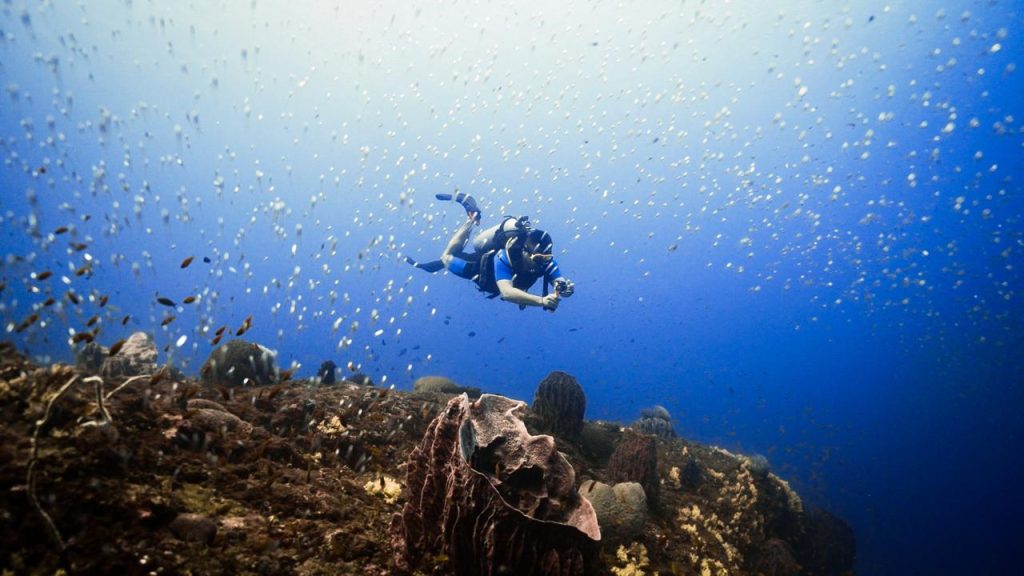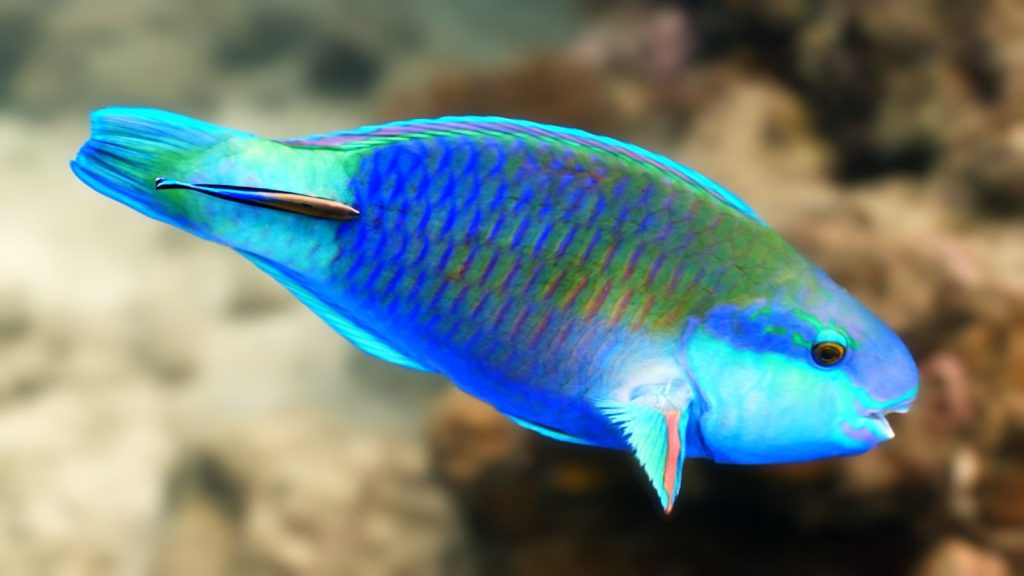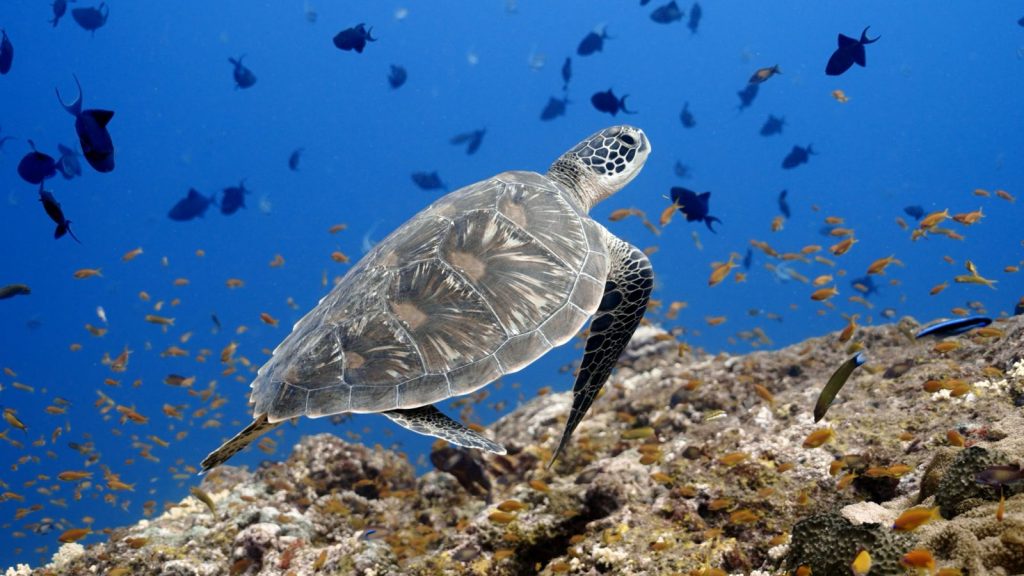Have you ever wondered what lies beneath the turquoise waves of the Andaman and Nicobar Islands? Imagine stepping into an alien world where colors are brighter, creatures are stranger, and the landscapes are more enchanting than any fairytale. This is the magic of the tropical marine ecosystems—alive with bustling coral cities, mysterious rocky valleys, soft coral tapestries, sandy deserts teeming with life, and underwater meadows that host gentle giants.
Whether you’re a curious first-time diver or a budding marine naturalist, these ecosystems promise an unforgettable adventure. Let’s plunge in and explore the topographies and wildlife that make the Andaman waters a paradise like no other!

Coral Reefs: Nature’s Underwater Metropolises
Coral reefs are bustling underwater cities, glowing with sunlight and life. Built by hard corals like staghorn and brain corals, these reefs stretch across shallow waters. Think of skyscrapers made of living limestone, home to a spectrum of species, each with its role in the ecosystem.
As you glide over the reef, you might spot a parrotfish nibbling on coral, turning dead structures into fine sand that forms pristine beaches. Or catch a clownfish peeking out from its sea anemone home, a heartwarming partnership of mutual protection. Every corner of the reef hums with activity.
Species Spotlight:
- Clownfish (Amphiprion ocellaris): Popularly known as “Nemo,” these fish dart among the tentacles of sea anemones.
- Parrotfish (Scarus spp.): Known for their vibrant colors and their role as coral gardeners—they munch on algae and dead coral.
- Butterflyfish (Chaetodontidae): As the corallivores of the ocean, they are a very important indicator of reef health.

Rocky Reefs: The Silent Guardians of the Deep
Deeper in the ocean, rocky reefs emerge like ancient ruins, carved by time and tides. These landscapes are dotted with towering pinnacles, shadowy caves, and steep cliffs, creating hiding spots for some of the ocean’s most fascinating creatures.
Imagine swimming along a rocky ridge when a moray eel pops its head out of a crevice, its toothy grin both thrilling and eerie. Above, bannerfish dart in synchronized movements, painting the water with bold stripes. You turn around and witness the superstars enter the scene – the big schools of Barracudas. Deep rocky reefs are no less than action-packed films, where you can witness crazy hunting actions. Another fun fact is our deep reefs are also cleaning stations that attract special pelagic visitors like turtles, big rays, and sharks.It’s like entering a scene from a deep-sea fantasy movie, where every turn reveals a new secret.
Species Spotlight:
- Moray Eels (Gymnothorax spp.): Snake-like predators hiding in crevices, their heads peeking out to surprise prey.
- Giant Groupers (Epinephelus lanceolatus): These gentle giants are the largest reef fish, often found resting in underwater grottoes.
- Bannerfish (Heniochus acuminatus): Bold black-and-white striped fish flitting above rocky ledges.

Soft Coral Formations: A Kaleidoscope of Currents
Unlike the rigid architecture of hard corals, soft coral formations sway gracefully in the ocean currents. Found on rocky outcrops and seafloor ridges, they resemble underwater gardens, brimming with textures and hues that change with the light.
Picture swimming through a corridor of swaying sea fans, their delicate branches filtering nutrients from the water. Look closer, and you might find a pygmy seahorse clinging to a branch, perfectly camouflaged. Nearby, feather stars extend their arms like fireworks, capturing tiny particles in the water.
Species Spotlight:
- Sea Fans (Gorgonia spp.): Large fan-shaped corals that filter nutrients from passing currents.
- Feather Stars (Crinoids): Resembling underwater flowers, these ancient creatures perch on soft corals.
- Ornate Ghostpipefish (Solenostomus paradoxus): The masters of disguise, they always mimic sea fans, seagrass, algae, leaves, and crinoids, but if you know where to look carefully, you might just spot a pair hanging about.

Sand Beds: Where the Unseen Comes to Life
At first glance, sand beds might seem empty—a barren ocean floor stretching endlessly. But kneel closer, and you’ll find it’s alive with secrets. Tiny burrows, curious tracks, and sudden puffs of sand hint at the creatures lurking just below the surface.
As you explore, a stingray stirs from its sandy hiding spot, gliding away like a shadow in the water. Look again, and a pipefish, as slender as a blade of seagrass, blends seamlessly into the background. Every step you take on this sandy terrain reveals another marvel of marine adaptation.
Species Spotlight:
- Stingrays (Taeniura lymma): Graceful swimmers that glide just above the sand, leaving ghostly impressions.
- Pipefish (Syngnathidae): Slender, dragon-like relatives of seahorses, often hiding in plain sight.
- Nudibranchs (Chromodoris spp.): Tiny, vibrantly colored sea slugs, nicknamed “butterflies of the sea.”

Seagrass Meadows: Gentle Giants’ Grazing Grounds
Seagrass meadows stretch like underwater savannahs, their blades swaying gently with the tide. These meadows are lifelines for some of the most beloved ocean animals.
Imagine watching a dugong—a shy, gentle creature often called a “sea cow”—peacefully grazing on seagrass. Nearby, a green turtle glides in for a snack, its graceful movements mesmerizing to witness. The meadow’s quiet beauty is a reminder of nature’s balance and the importance of protecting these serene habitats.
Species Spotlight:
- Dugongs (Dugong dugon): These gentle marine mammals, also known as sea cows, graze on seagrass like underwater lawnmowers.
- Green Sea Turtles (Chelonia mydas): Iconic herbivores that return to these meadows time and again for a feast.
- Sea Horses (Hippocampus spp.): Delicate and elusive, these creatures wrap their tails around seagrass stems for stability.

Why These Ecosystems Matter
These interconnected habitats are not just beautiful but crucial for the health of our planet. Coral reefs protect coastlines from erosion, rocky reefs house apex predators that maintain ecological balance, soft corals and sand beds provide shelter for smaller creatures, and seagrass meadows store carbon while supporting endangered species.
By exploring and protecting these ecosystems, we ensure the survival of their inhabitants and the ecological services they provide to the world.
An Invitation to Adventure
The Andaman and Nicobar Islands’ tropical marine ecosystems are not just places—they’re experiences waiting to be had. Whether you’re snorkeling for the first time or mapping coral species as part of your naturalist journey, the wonders of these underwater worlds will stay with you long after you resurface. At ScubaLov, you can dive into the depths of marine ecology with our curated courses for certified divers and land-based ecology activities facilitated by our conservation collaborative, Earthsong to explore island ecosystems!
So, grab your fins, don your mask, and get ready to uncover the secrets of a realm that’s as mysterious as it is magical!



